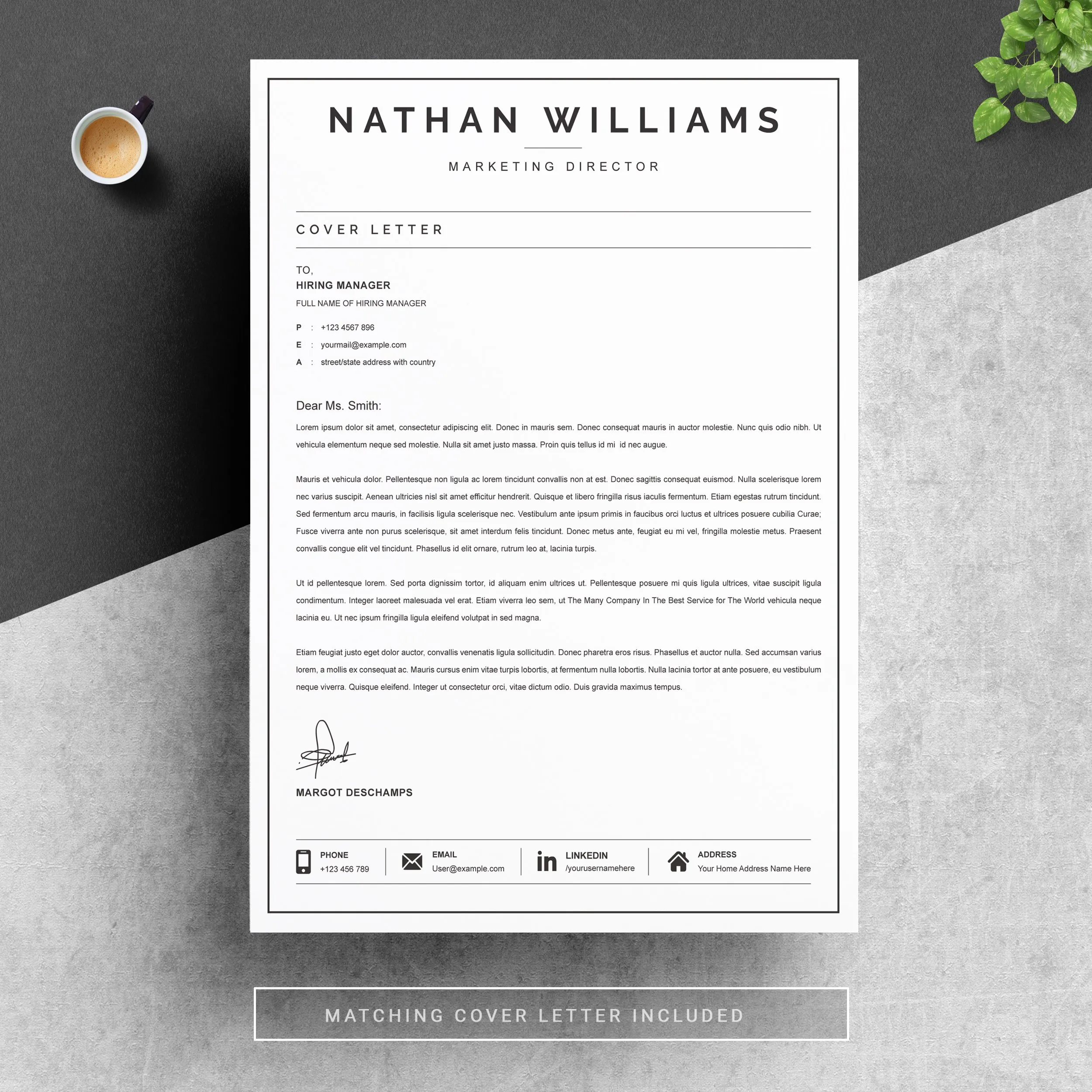What is a Cover Letter?
A cover letter is a crucial document that accompanies your resume when applying for a job. It serves as an introduction, providing a personalized overview of your qualifications, skills, and experiences, and highlights your suitability for the specific role and company. A well-crafted cover letter can significantly increase your chances of landing an interview by making a strong first impression on the hiring manager and demonstrating your genuine interest in the opportunity. Utilizing a well-structured cover letter template is an excellent way to ensure you’re including all the necessary information and presenting yourself professionally.
The Purpose of a Cover Letter
The primary purpose of a cover letter is to persuade the hiring manager to read your resume. It’s your opportunity to tell your story, express your enthusiasm for the position, and explain why you’re the ideal candidate. The cover letter allows you to elaborate on the experiences and skills you’ve gained in previous roles, and how they align with the requirements of the job you are targeting. It should demonstrate how your abilities can benefit the company and contribute to its success. A great cover letter can differentiate you from other applicants.
Cover Letter vs. Resume
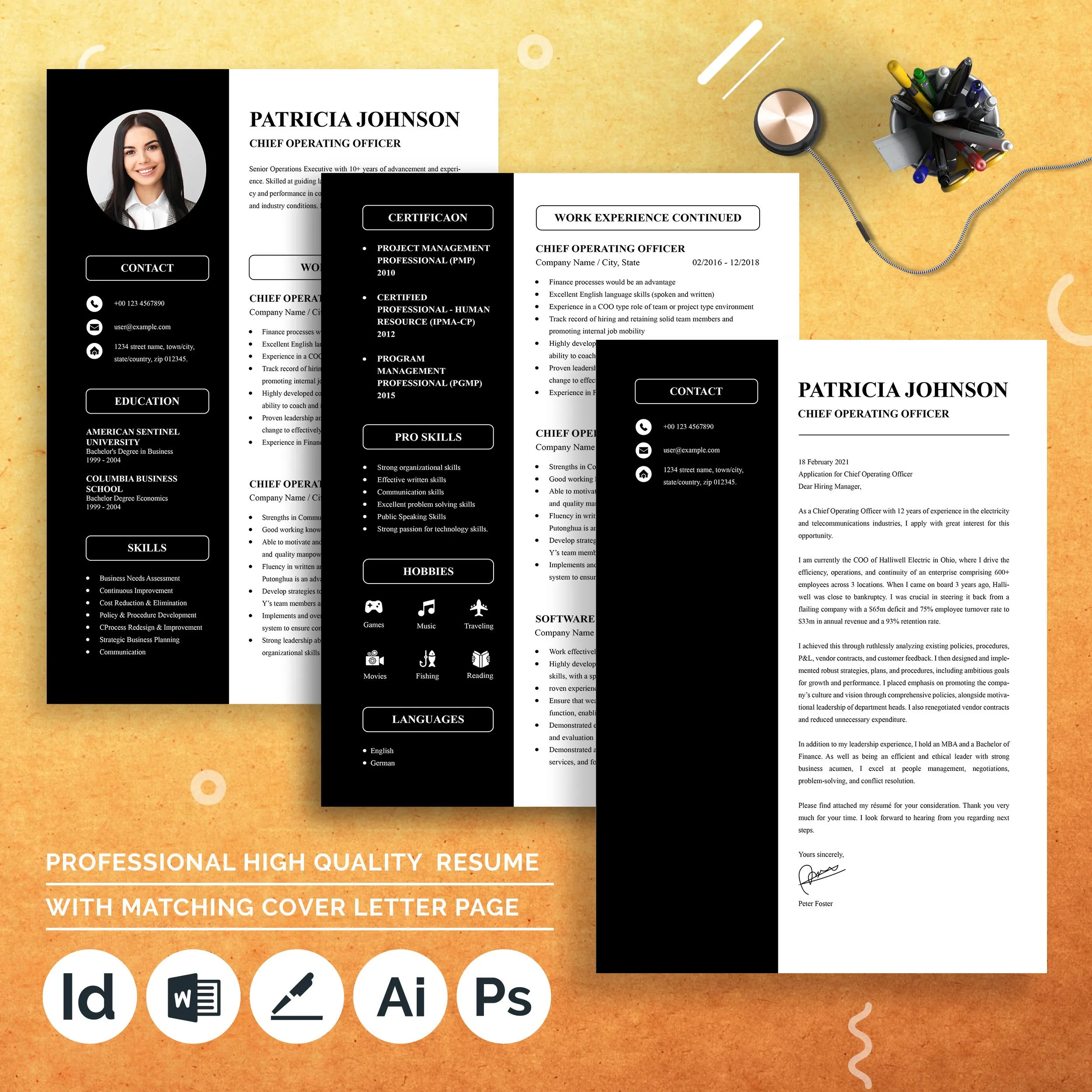
While both a cover letter and a resume are essential components of a job application, they serve distinct purposes. The resume provides a detailed summary of your work history, education, skills, and accomplishments. It’s a factual document. The cover letter, on the other hand, is more personal and persuasive. It allows you to expand on the information in your resume, explain why you’re interested in the specific job, and showcase your personality and communication skills. The resume presents the ‘what’ and ‘where’ of your career, while the cover letter explains the ‘why’.
Key Components of a Cover Letter Template
A well-structured cover letter template includes several key components. These elements ensure that your letter is clear, concise, and effectively communicates your qualifications. Understanding these components will help you create a compelling cover letter that will impress potential employers. A good template serves as a guide, helping you organize your thoughts and tailor your letter to the specific job application. Use the following guidelines.
Contact Information
At the top of your cover letter, include your contact information. This typically includes your full name, phone number, email address, and optionally, your LinkedIn profile URL or a link to your online portfolio. Ensure your contact information is accurate and up-to-date, so the hiring manager can easily reach you. This is important for a smooth recruitment process. Verify that your email address is professional and appropriate for job applications.
Date
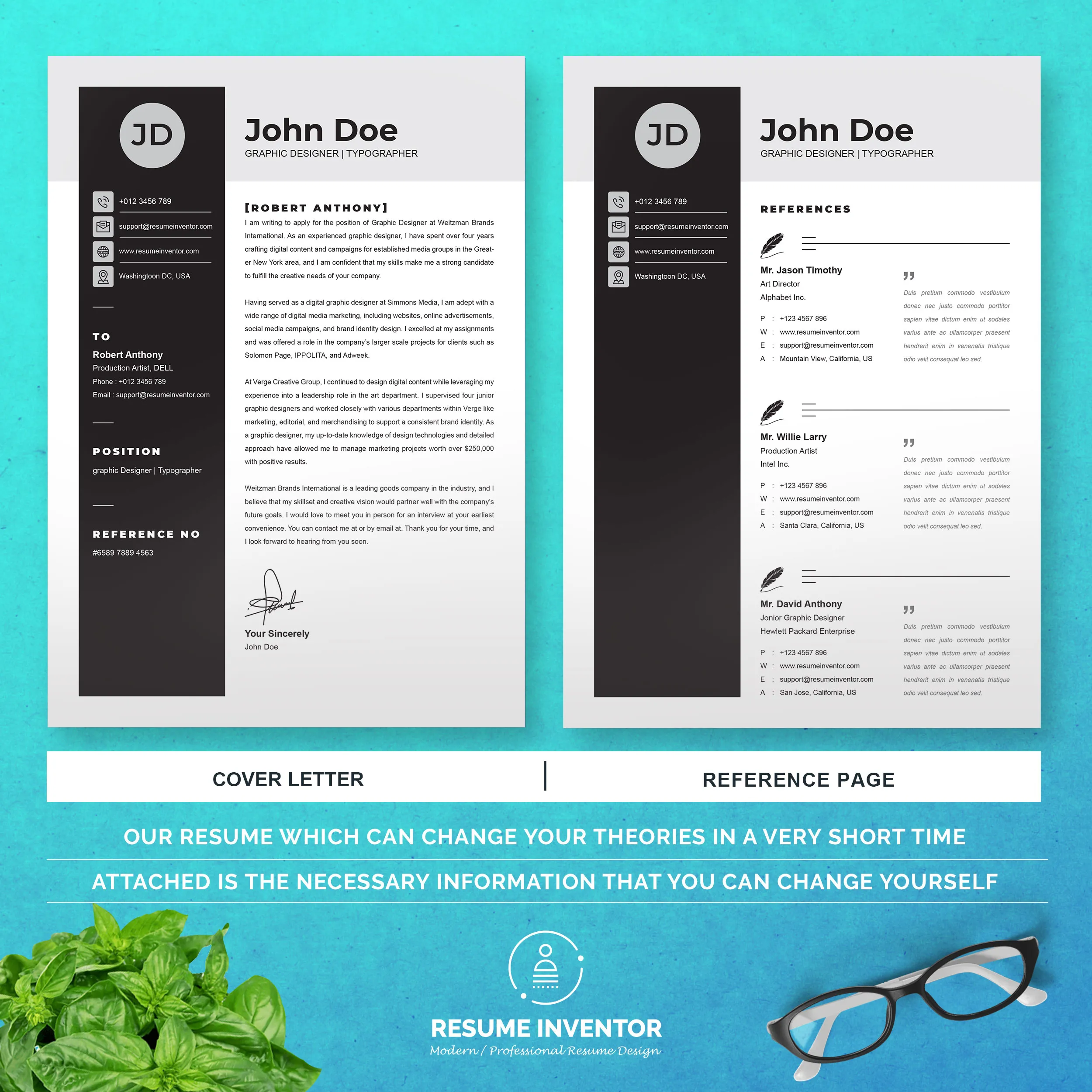
Below your contact information, include the date you are sending the cover letter. Use a consistent format, such as Month Day, Year (e.g., January 15, 2024). This is a standard element in formal business correspondence and helps the recipient understand when the letter was written.
Hiring Manager’s Information
If possible, address your cover letter to a specific person. Research the hiring manager’s name and title. This personal touch shows that you’ve taken the time to learn about the company and the role, and that you are truly interested in the position. If you can’t find the hiring manager’s name, use a professional salutation such as ‘Dear Hiring Manager’.
Salutation
The salutation sets the tone for your cover letter. Use ‘Dear Mr./Ms./Mx. [Last Name]’ if you know the hiring manager’s name. If you don’t know the name, use ‘Dear Hiring Manager’ or ‘Dear [Department Name] Team’. Avoid generic salutations like ‘To Whom It May Concern’, which can make your letter feel impersonal. Ensure your salutation is appropriate for the company culture.
Opening Paragraph
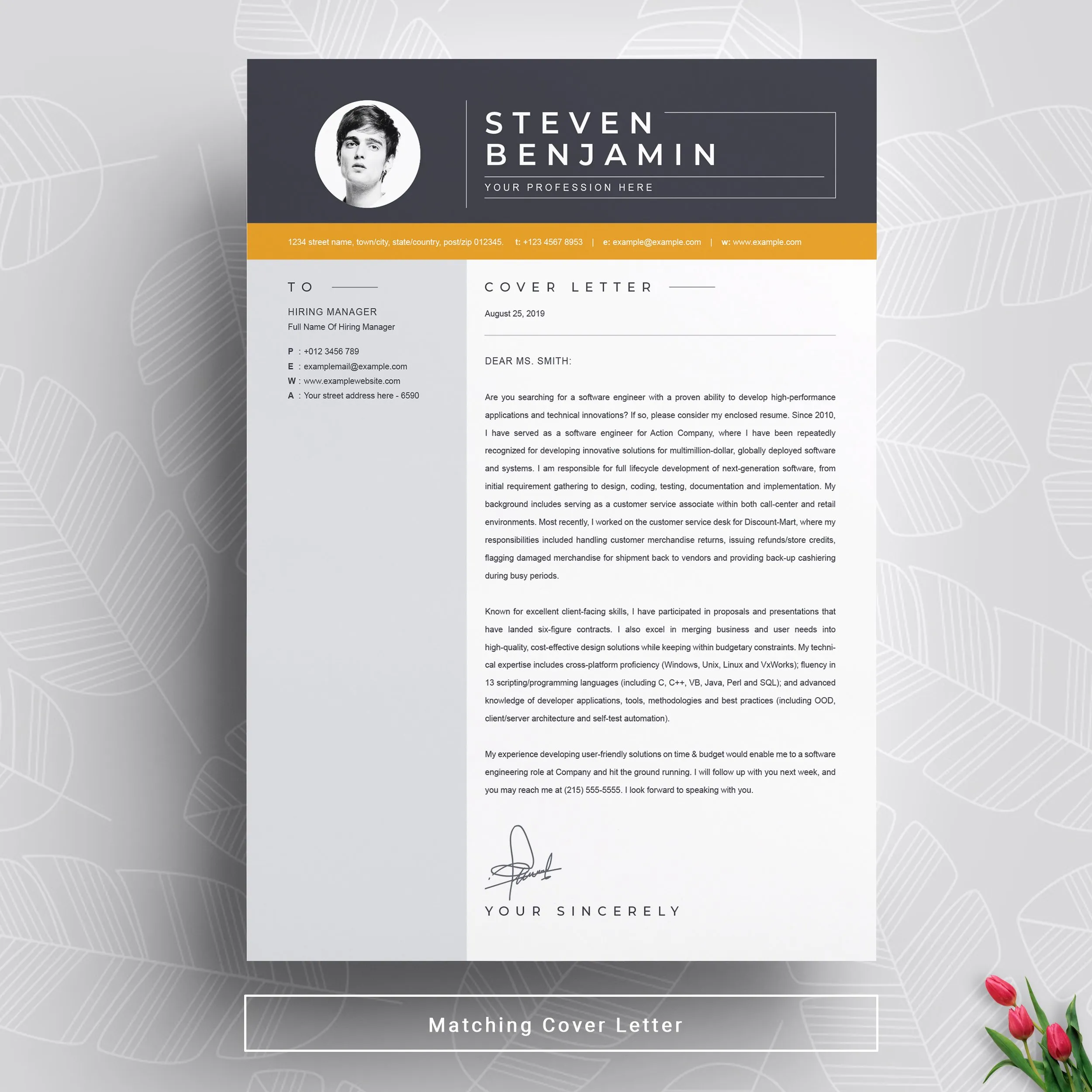
The opening paragraph is your first opportunity to capture the reader’s attention. State the position you’re applying for and where you found the job posting. Briefly mention why you’re interested in the role and the company. Keep it concise and engaging. Consider including a brief, compelling statement about your most relevant skill or experience. A strong opening sets the stage for the rest of your letter.
Body Paragraphs
The body paragraphs are where you showcase your qualifications and explain why you are the best fit for the job. Use these paragraphs to highlight your relevant skills and experiences. Provide specific examples that demonstrate your achievements and abilities. Tailor your content to match the requirements outlined in the job description and company values. It is important to write several short paragraphs to make the reading experience easier.
Highlighting Skills and Experience
In your body paragraphs, emphasize the skills and experiences that align with the job requirements. Use keywords from the job description to show you understand the role and company needs. Provide examples of how you’ve used these skills to achieve results in previous roles. Focus on the most relevant experiences, providing enough detail to demonstrate your capabilities.
Tailoring to the Job Description
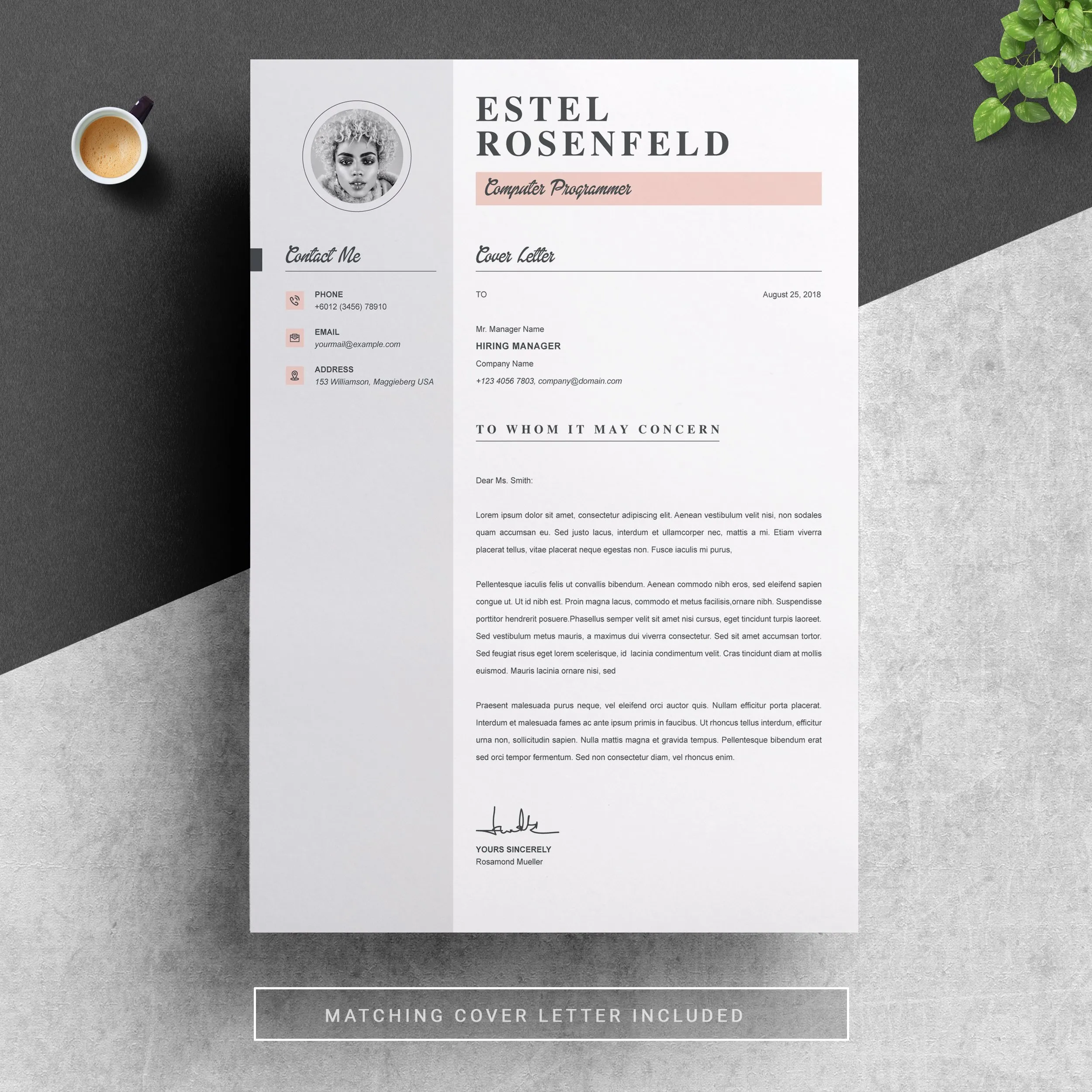
Customize your cover letter for each job application. Carefully review the job description and identify the key qualifications and requirements. Then, tailor your cover letter to address those specific points. Show how your skills and experiences meet the company’s needs. This personalization demonstrates your genuine interest in the role and that you took the time to understand their needs.
Quantifying Achievements
Whenever possible, quantify your achievements. Use numbers and data to demonstrate the impact of your work. For example, instead of saying ‘Managed social media campaigns,’ say ‘Increased social media engagement by 30%’. Quantifiable results provide concrete evidence of your capabilities and make your cover letter more persuasive. Measuring and reporting success is a very good way of providing value.
Call to Action and Closing
In the closing paragraph, reiterate your interest in the position and company. Include a call to action, such as requesting an interview. Thank the hiring manager for their time and consideration. End with a professional closing, such as ‘Sincerely’ or ‘Best regards’, followed by your full name. This is a very important part of the conclusion.
Formatting Your Cover Letter
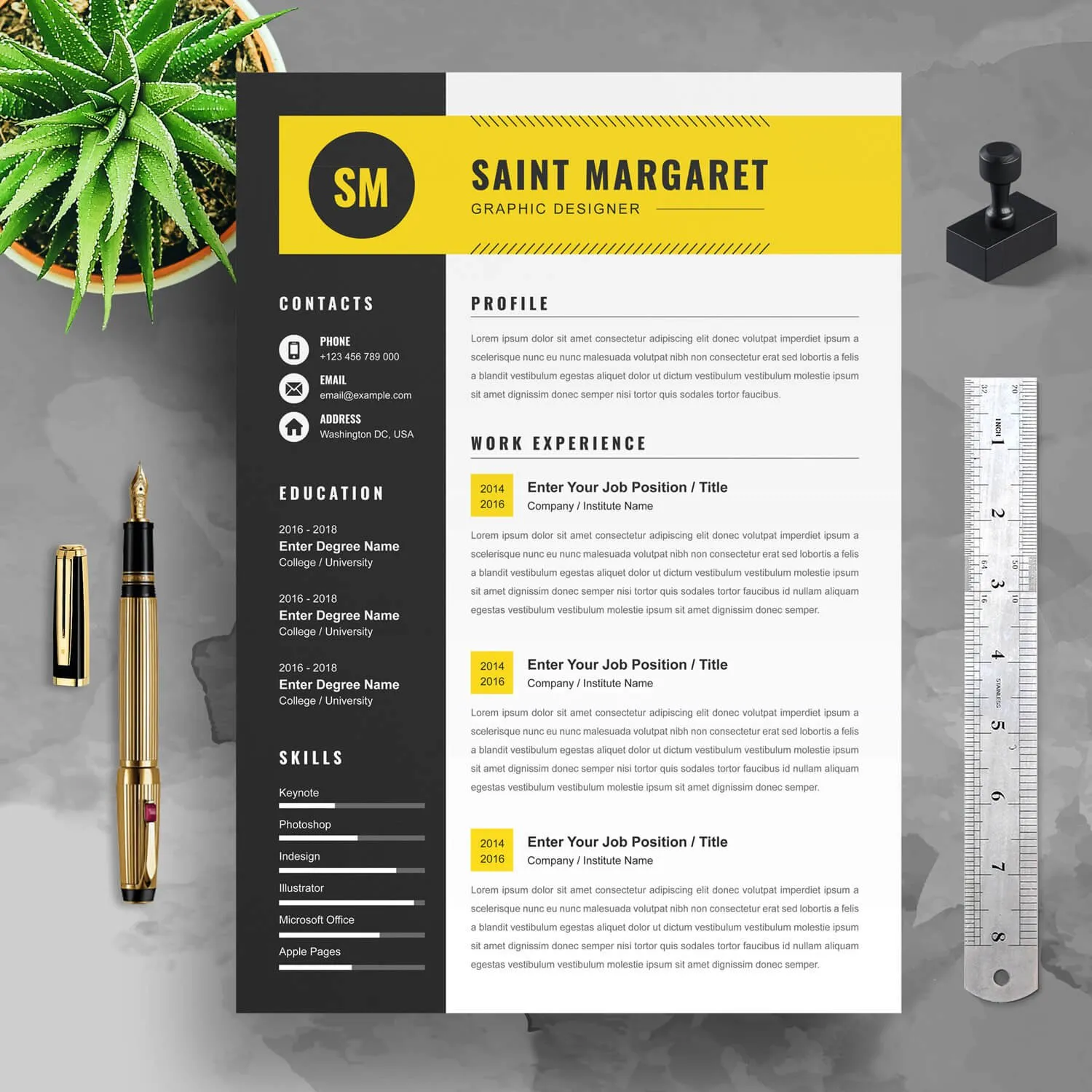
Proper formatting is essential for creating a professional and easy-to-read cover letter. Clear formatting makes your letter more readable and helps the hiring manager quickly find the information they need. Using a cover letter template is an easy way to ensure your letter is properly formatted. Remember that your presentation is just as important as the content.
Font and Font Size
Choose a professional and easy-to-read font, such as Times New Roman, Arial, or Calibri. Keep the font size between 10 and 12 points. Ensure the font is consistent throughout the document. Avoid using overly decorative or unusual fonts, as they can detract from the professionalism of your letter. Maintain a consistent font throughout to avoid distractions. Choose fonts that are standard across all platforms.
Margins and Spacing
Use standard margins (1 inch on all sides) to provide ample white space. This makes the cover letter look clean and organized. Use single spacing for the body of the letter and double spacing between paragraphs. Ensure the spacing is consistent throughout the document. Ample white space enhances readability and prevents the letter from appearing cluttered. A well-spaced document is easier on the eyes.
File Format
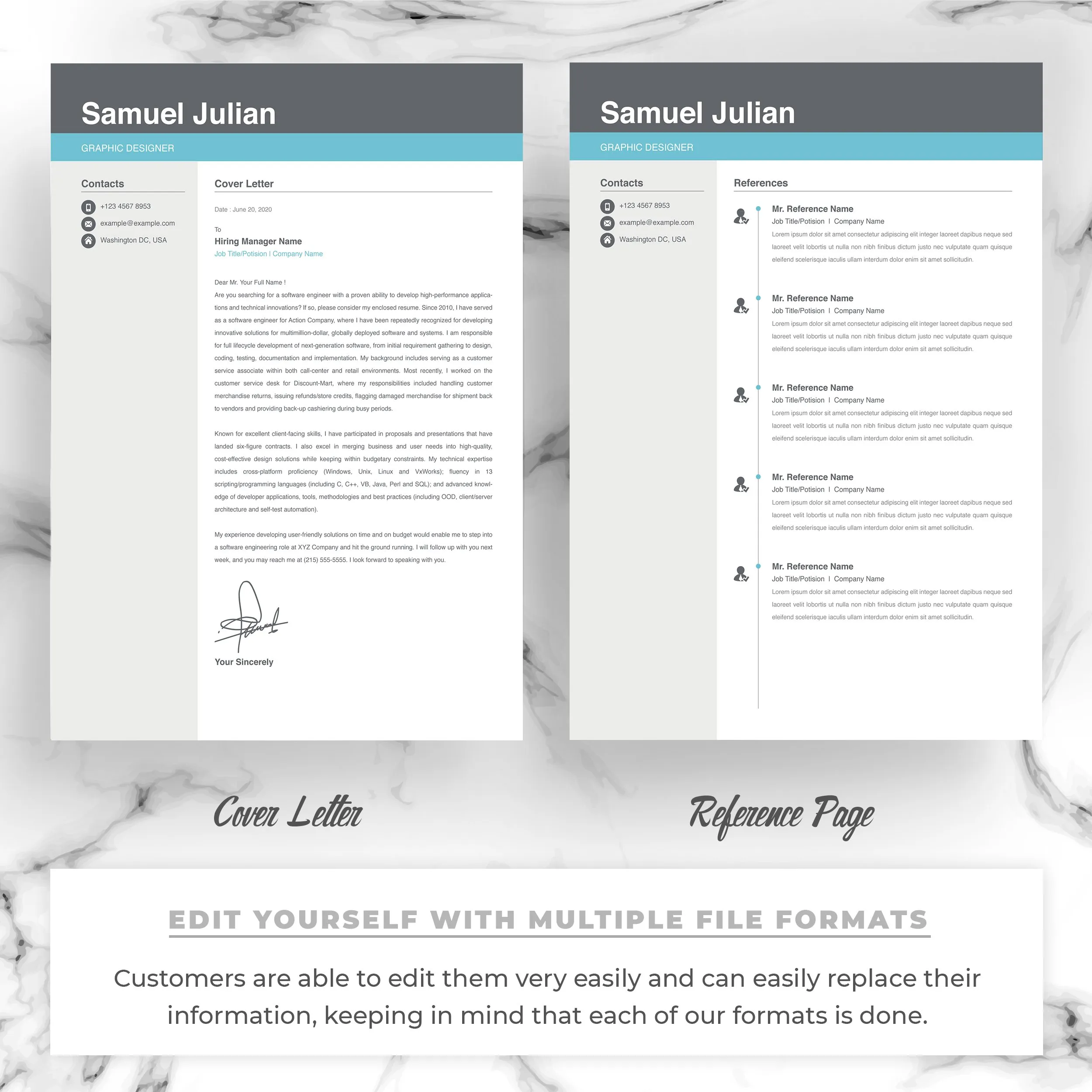
Save your cover letter as a PDF file (.pdf) unless the employer specifies a different format. PDF files preserve the formatting, ensuring your cover letter looks the same on any device. Avoid using file formats like .doc or .docx, which can alter the formatting depending on the recipient’s software. Always double-check that the PDF format is preferred, as sometimes other formats are accepted.
Types of Cover Letter Templates
There are several types of cover letter templates available, each designed to suit different situations and career levels. Understanding the various template types can help you choose the one that best fits your needs and the job you are applying for. It’s important to tailor your cover letter to the job you are applying for and your particular situation.
The Traditional Cover Letter Template
The traditional cover letter template is a formal and structured format. It typically includes a header with your contact information, the date, the hiring manager’s information, a formal salutation, an opening paragraph, body paragraphs highlighting your skills and experiences, a closing paragraph with a call to action, and a professional closing. This format is well-suited for most industries and job applications.
The Modern Cover Letter Template
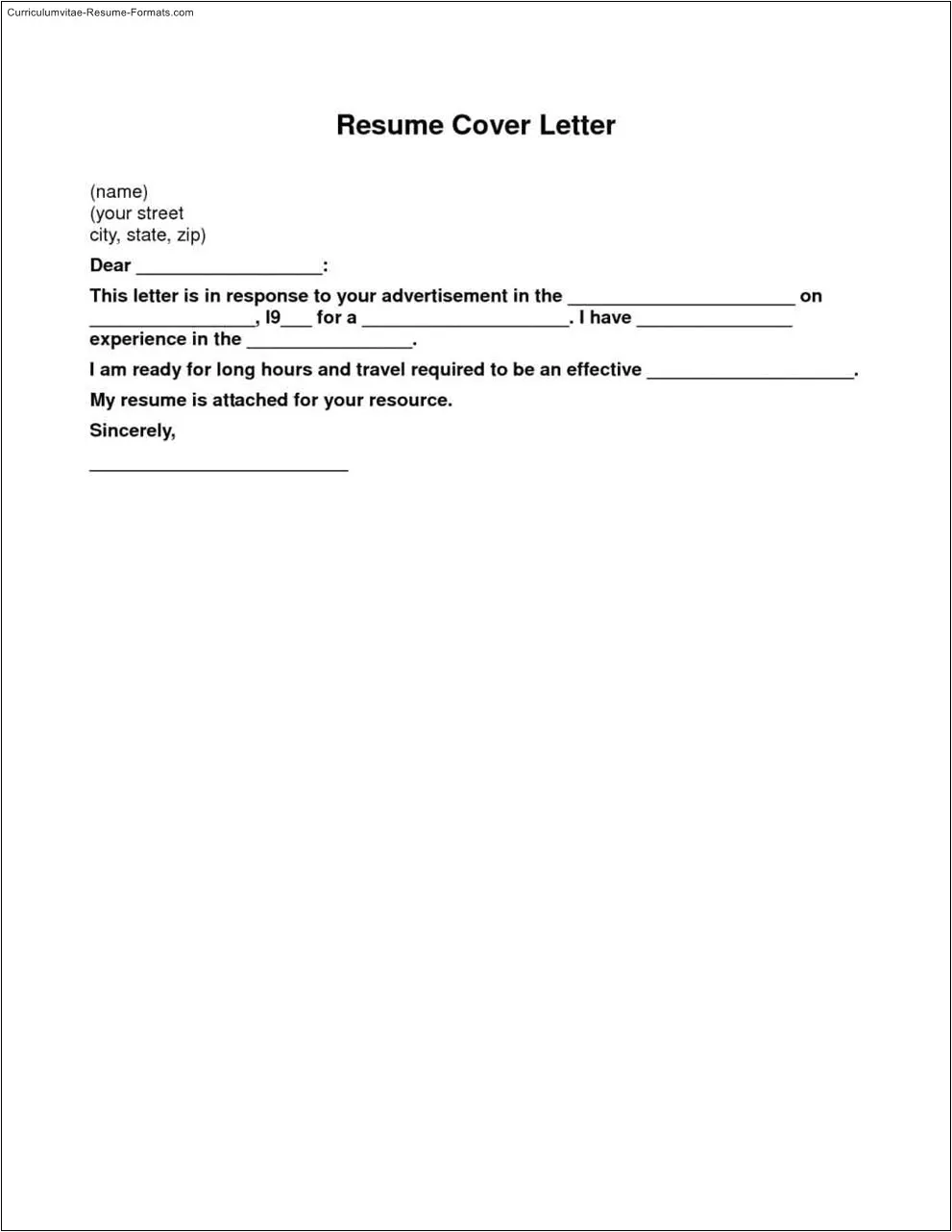
The modern cover letter template is a more contemporary and visually appealing format. It often includes design elements such as a colored header, subtle graphics, or a creative layout. This template is ideal for industries where creativity is valued, like design, marketing, or media. While it is more creative, the content remains professional and organized.
The Creative Cover Letter Template
The creative cover letter template is designed to stand out. It incorporates unique design elements and a less conventional structure. This template is suitable for creative roles, where demonstrating your design skills is essential. It should be used cautiously, ensuring it aligns with the company’s culture and the job requirements. It allows you to showcase your personality and design skills directly. It will allow you to show off your creativity.
How to Write a Cover Letter Step-by-Step
Writing a compelling cover letter involves several steps. Following a structured process helps ensure your letter is well-organized and effectively communicates your qualifications. Before starting, make sure you have a good cover letter template. Consider these steps for success.
Researching the Company
Before you begin writing, research the company and the specific role. Visit the company’s website, read their mission statement, and understand their values. Identify the hiring manager’s name and title. This research will help you tailor your cover letter to the company’s needs and demonstrate your genuine interest. Understanding the company’s culture and the job requirements is essential.
Writing the Opening
Start your cover letter with a strong opening. State the position you are applying for and where you found the job posting. Briefly explain why you are interested in the role and the company. Capture the reader’s attention from the start. Consider adding a brief, compelling statement about your most relevant skill or experience. Make your opening concise and engaging to grab attention.
Writing the Body
In the body paragraphs, showcase your qualifications and explain why you are the best fit for the job. Highlight your relevant skills and experiences. Provide specific examples that demonstrate your achievements and abilities. Tailor your content to match the requirements outlined in the job description. Use keywords from the job posting to make your letter more relevant. Ensure you provide details to showcase your skills.
Writing the Closing
In the closing paragraph, reiterate your interest in the position and the company. Include a call to action, such as requesting an interview. Thank the hiring manager for their time and consideration. End with a professional closing, such as ‘Sincerely’ or ‘Best regards’, followed by your full name. This will let the hiring manager know you are ready to get started.
Proofreading and Editing
Thoroughly proofread and edit your cover letter before submitting it. Check for any grammatical errors, typos, and inconsistencies. Ensure the language is clear, concise, and professional. Ask a friend or career advisor to review your letter for feedback. A polished and error-free cover letter demonstrates your attention to detail and professionalism. Proofread for content, as well as grammar.
Cover Letter Template Examples
Reviewing cover letter template examples can provide valuable insights into how to structure and format your own letter. These examples demonstrate how to tailor your letter to different situations and career levels. Analyze these to improve your writing.
Example 1 Entry-Level Position
For an entry-level position, focus on your education, skills, and any relevant internships or volunteer experiences. Highlight any achievements or projects that demonstrate your abilities. Express your enthusiasm for the company and the opportunity to learn and grow. Show how your academic background and skills align with the job requirements. This example provides an idea of how to present yourself.
Example 2 Experienced Professional
For experienced professionals, emphasize your work history, accomplishments, and leadership skills. Provide specific examples of how you’ve achieved results in previous roles. Quantify your achievements whenever possible. Tailor your letter to showcase your relevant expertise and how it aligns with the job requirements. This example can provide insights for how to address your experiences.
Example 3 Career Change
If you’re changing careers, highlight your transferable skills and experiences. Explain why you are transitioning to a new field and how your skills are relevant to the job. Focus on your enthusiasm for the new career path and your willingness to learn. Demonstrate your adaptability and commitment to your new professional goals. Show the similarities to the new role.
Common Mistakes to Avoid
Avoiding common mistakes will increase the effectiveness of your cover letter. These mistakes can negatively impact your chances of landing an interview. Be sure to pay attention to these areas.
Generic Cover Letters
Avoid using generic cover letters that are not tailored to the specific job or company. Generic letters show a lack of interest and effort. Customizing your cover letter for each application is essential. Show your attention to detail. Tailoring your cover letter to each job demonstrates your sincere interest in the role.
Typos and Grammatical Errors
Typos and grammatical errors can damage your credibility and make you appear unprofessional. Always proofread your cover letter carefully before submitting it. Use spell-check and grammar-check tools. Have a friend or career advisor review your letter to catch any mistakes. The quality of your writing reflects your professionalism.
Lack of Customization
Failing to customize your cover letter for each job application is a significant mistake. Customize your letter by aligning your skills and experiences with the requirements outlined in the job description. Research the company and tailor your letter to show your understanding of their needs. Customization shows you have a genuine interest in the role.
Length of the Cover Letter
Keep your cover letter concise and focused. Avoid making your letter too long. Aim for one page, or no more than 3-4 paragraphs. Provide only the most relevant information. Respect the hiring manager’s time by presenting your qualifications efficiently.
Tips for a Successful Cover Letter
Following these additional tips can further increase your chances of creating a successful cover letter. These tips enhance the effectiveness of your cover letter and help you make a positive impression on the hiring manager.
Use Action Verbs
Use strong action verbs to describe your accomplishments and skills. Action verbs make your cover letter more engaging and demonstrate your ability to take initiative. Examples include ‘managed,’ ’led,’ ‘developed,’ ‘achieved,’ and ‘implemented.’ Action verbs add power to your writing. They highlight your achievements and skills.
Show, Don’t Tell
Instead of simply stating your skills, provide specific examples that demonstrate them. Show the hiring manager what you have achieved in previous roles. Quantify your achievements whenever possible. Provide evidence of your abilities rather than making vague claims. This shows the hiring manager you are serious.
Proofread Carefully
Thoroughly proofread your cover letter for any errors. Typos, grammatical errors, and inconsistencies can undermine your professionalism. Read the letter aloud to catch any awkward phrasing. Ask a friend or career advisor to review it. Proofreading is crucial for presenting a professional image. Ensure you have zero errors before submitting.
Follow Up
After submitting your cover letter and resume, consider following up with the hiring manager. Send a brief email or make a phone call a week or two after submitting your application. This shows your continued interest in the position. Be polite and professional. Inquire about the status of your application. Following up demonstrates your enthusiasm and proactive approach. It can set you apart from other applicants.
